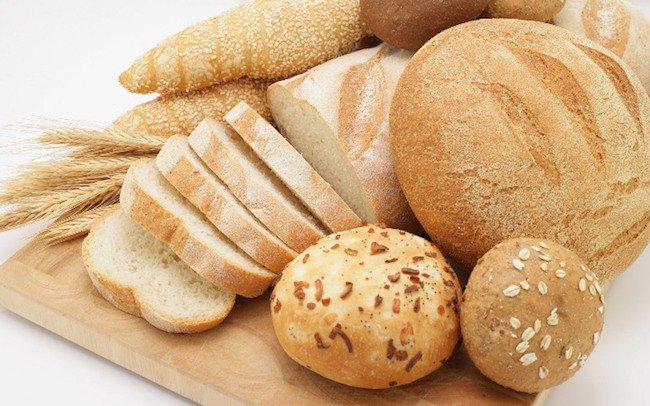
Bread is convenient, tasty and requires little preparation, so it is no wonder it has become a huge part of many people’s daily diet. However, it also gets a lot of bad press as to the effects on health and in particular weight gain that eating bread may have. We have been eating bread for hundreds of years, so will we really benefit from cutting this staple food out of out diet or is there a place for bread in a healthy eating regime?
Benefits of bread
Not all breads are created equal, as discussed later on, however if a ‘healthy’ variety of bread is part of the diet it can offer nutritional benefits. Bread can be a great source of fibre, which is essential for a healthy digestive system and can also play a role in heart health.
It can also be a good source of B vitamins which are needed in the body for energy production and to carry out essential processes. Breads that contain nuts and seeds are even high in healthy fats which are good for the heart and some breads are now fortified to contain important added nutrients such as calcium and iron.
Finally, it is important to remember that bread is an excellent source of energy for our bodies and provides carbohydrates to fuel exercise and day to day activities not to mention normal body functions.
Is the bad press justified?
Bread is often portrayed in a negative light due to the fact that is such a high source of carbohydrate. With low carbohydrate diets all the rage, it is easy to see why many people are avoiding bread.
Certainly there is some evidence that low carbohydrate diets can result in weight loss, but in many cases this is simply due to follower eliminating carbs and not replacing them with other foods, this means they are consuming less calories overall which is bound to result in weight loss.
However, there is no evidence to suggest that a diet that contains the correct amount of calories cannot include some carbohydrate sources, including bread. As long as you eat less calories than you are burning, you are likely to lose weight, as such the key thing to watch when consuming bread and other carbohydrates is portion control as these types of foods tend to be easy to eat and thus can be over consumed leading to extra calories and weight gain.
Many people also avoid bread as they have heard that gluten, a protein found in bread and other grain products is bad for their health. This is a common misconception, as there is no evidence that gluten has any negative consequences for health unless you have celiac disease, an autoimmune condition where the body attacks gluten, or a true gluten allergy or intolerance.
For the majority of people, there is no issue with consuming gluten, although many people report feeling more energetic or losing in weight on this type of diet, this is likely to be due to a greater focus on their diet and paying more attention to what they are consuming, as well as eliminating key foods which cuts calories.
Although bread can be part of a healthy diet, in order to get the benefits, it is essential to choose the right type of bread. There is a vast difference between the different varieties of bread, and there is no doubt that some bread offers no nutritional benefit and can be a contributing factor to a poor diet.
How to choose the best bread for your health
Not all breads can be considered a healthy option. Unfortunately much of the bread that we eat nowadays is heavily processed white bread with very little nutritional value. This type of bread, whilst cheap and tasty for a bacon sandwich does not offer the benefits such as high fibre and B vitamins.
It is also high GI (glycemic index), which means that is causes blood sugar to rise quickly and then drop at a rapid rate, leaving you craving sugary foods. In this way white bread is not dissimilar to more obvious sources of refined sugar such as candy and cakes.
Lower GI bread options are a better choice when it comes to health, as these types of bread have a slower release of sugar into the blood stream, meaning that blood sugars rise more gradually and stay stable for longer. This in turn keeps you fuller for longer.
It is fortunate that lower GI bread options are generally the highest in fibre and nutrients as well, so it is easy to choose a type of bread that gives the maximum health benefits. Many breads now list their GI rating and fibre content in an obvious place on the packet, but when in doubt look for a bread that has at least 5g of fibre per serve and is as unprocessed as possible.
Breads made from whole grains are generally more nutrient rich and lower GI, as are those containing seeds. Rye and buckwheat flour bread also tend to have a lower glycemic index.
There are some enriched white breads that now contain high amounts of fibre and whilst these are a better option than the average white sandwich loaf, a less processed loaf is still more desirable. Also beware that wholemeal bread is not always the healthiest option, whilst it may contain slightly more fibre than white bread, it is still quite processed and nutrients are likely to be lost. They also tend to have a higher GI than whole grain based breads.
How much bread is too much?
As with many carbohydrate foods, it is easy to overeat bread, so it is important to watch you portion sizes when incorporating into a healthy diet. The American guidelines suggest the equivalent of 6-8 ounces of grains per day depending on gender and age, although this is likely to vary greatly depending on level of physical activity.
This food group includes not only bread but other carbohydrate sources such as pasta and rice so this needs to be taken into account when thinking about serve sizes. An ounce serving equates to one slice of bread, but be aware that thickly sliced bread, bread rolls and some flat breads may contain a far greater amount of calories than a normal sandwich thickness.
As a rule the equivalent of two sandwich slices of bread for a breakfast as toast or as a sandwich at lunch is an appropriate amount for most people. Be wary of very thickly cut bread, bread baskets at restaurants when you are already eating a high carbohydrate meal and meals such as Indian which may be served with rice as well as some form of bread as these situations may lead to overeating, which in turn can cause weight gain.
Toppings count
Although bread definitely has a place in a healthy diet, by adding a high calorie or fat topping you can make it more of a junk food. Large amounts of butter, cheese, or fried meats on a sandwich can easily turn a healthy food into a weight loss nightmare, so choose healthy toppings to go with your healthy bread.
Bread definitely has a place in a healthy diet and for most people there is no reason to avoid it. By choosing the right type of bread, moderating quantities and adding healthy toppings bread is an excellent way to fuel the body and obtain essential nutrients.



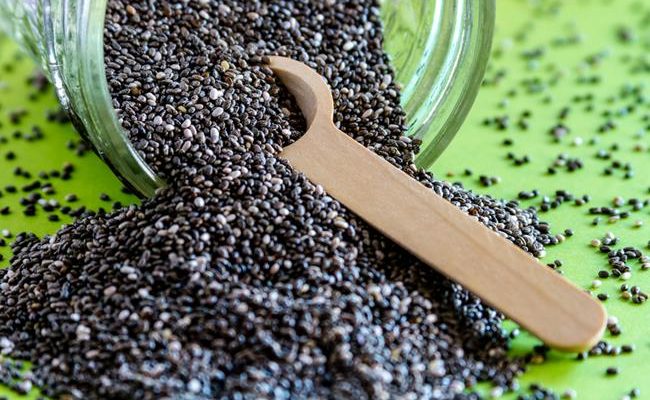
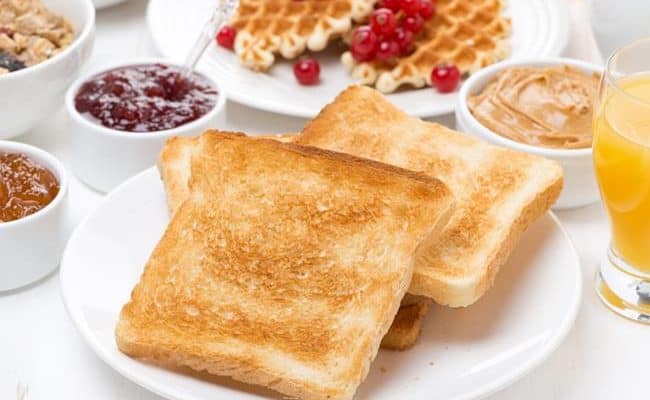
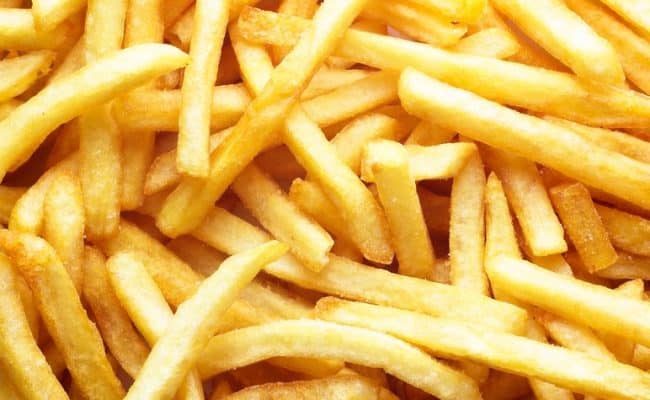
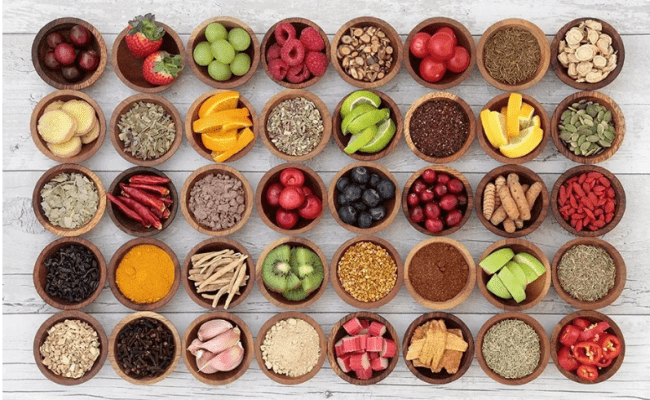
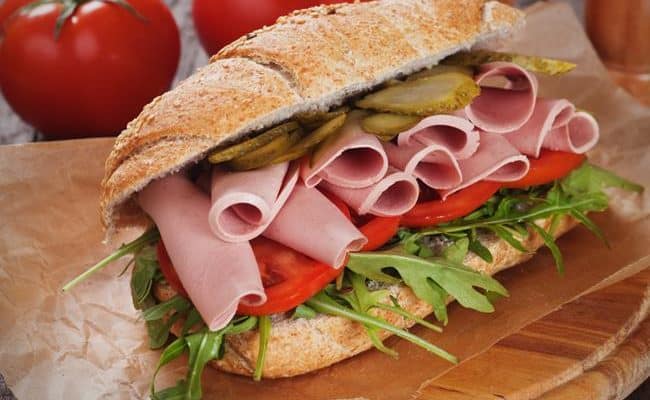
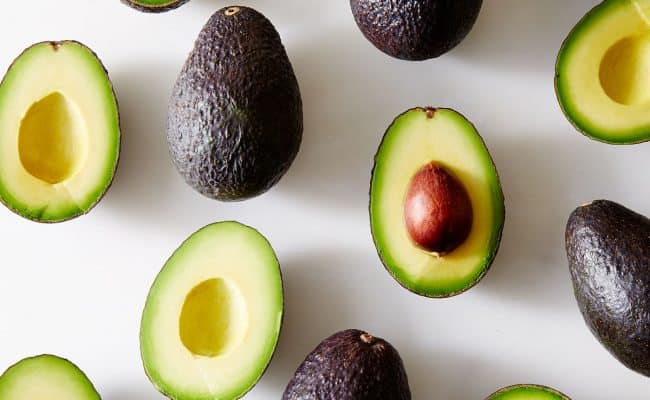


Cathy says
I believe that the dark bread (with lots of oats and mixed nuts) is very healthy and you can eat up to 5 slices per day. It’s a great source of fiber, vitamin B and protein (from nuts).
robert wilson says
i eat about 6 slices every day in my lunch box .it tends to make me feel bloted in the lower abdomen /thats thick sliced wholemeal am not sure if its doing me any good in the long run i realy need something else to feel me up and loose the abdominal pain your comments please
Jack says
@rober wilson
6 slices is okay as long as your are not going over your calorie/carb limit. I’m not sure what you put in between the slices of bread, but eating grilled chicken breasts is very healthy, very filling, and quite low in calories.
Brad says
I usually have bread every day, but never on its own. I have it with beans (protein), tomato soup (whatever that gives you lol), pot noodles (ok not that healthy) etc i use 50/50 bread, usually about 4-6 ish slices a day
Sheila says
I am on a 1300 calorie diet and I’m told to give up bread it’s to fating . What should I do? Is white bread bad for me. How much should I eat a day.